Warning
Please be advised this website is for internal review purposes only and is not to be distributed until advised.
Please be advised this website is for internal review purposes only and is not to be distributed until advised.
Light Gauge Steel (LGS) is a popular alternative to standard construction materials.
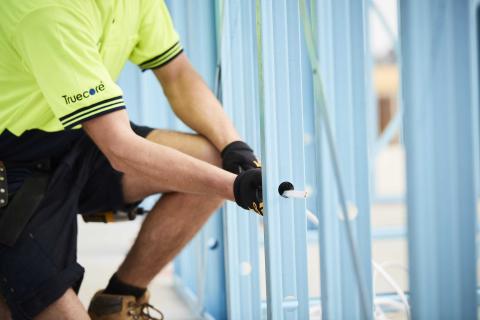
Look at the design process through to manufacturing and assembling LGS frame components in the factory.
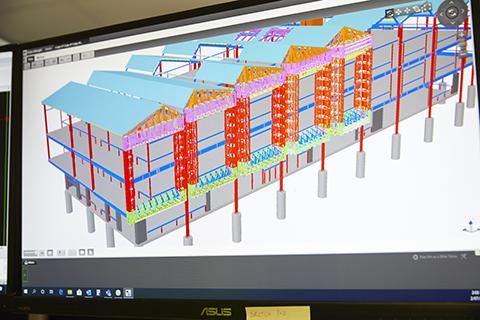
In this topic we look at the specific safety considerations when working with LGS framing and components.
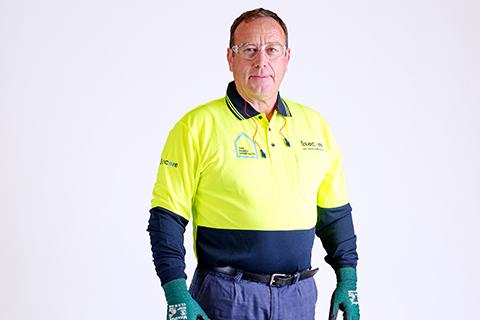
In this topic, we look at a few common tools that make LGS installations both safer and more efficient.
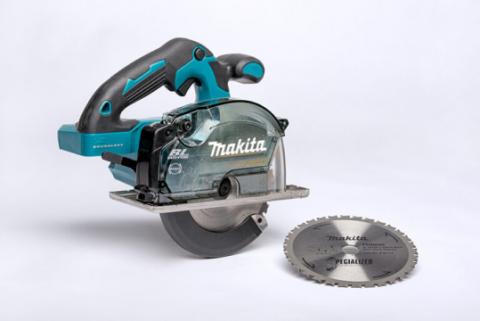
While many on-site activities are the same regardless of construction materials, working with LGS has some specific differences.
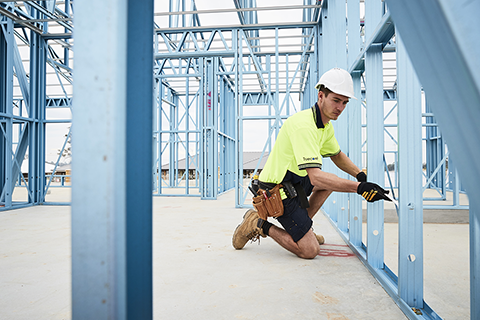
This topic covers pre-punched service holes, grommets and useful tools for site installed holes.
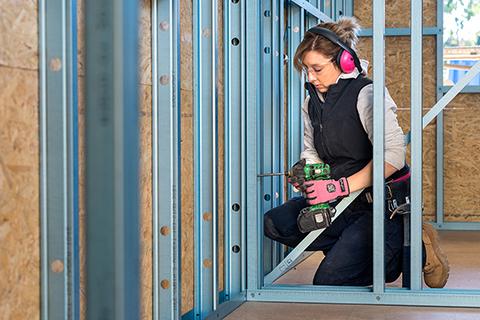
Modern LGS frames are supplied with pre-punched holes in appropriate locations to cover the majority of requirements for electrical routing.

LGS structural framework must be earthed in accordance with the requirements of Clause 5.4.6 of AS/NZS 3000:2018. Learn more in this topic.
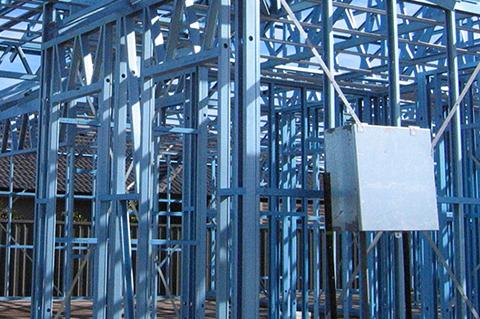
When routing cables, AS/NZS 3000 requires that they be protected from mechanical damage.
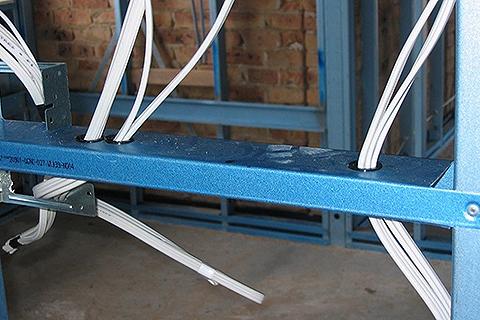
Cable installation in LGS frames requires some specific skills and practices to comply with AS/NZS 3000.
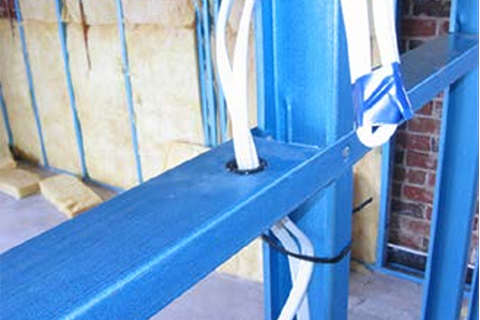
In this topic, we look at fasteners and brackets to fix to LGS frame members.
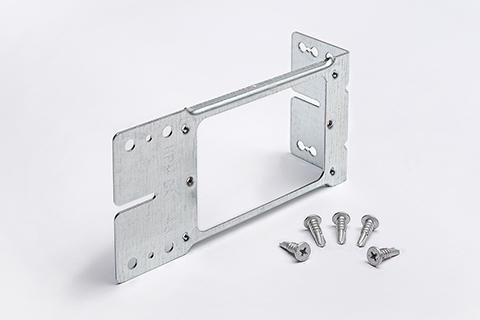
There may be instances when you need to make modifications on-site when working with Light Gauge Steel.

Noggins can be made onsite from LGS or timber, or proprietary products can be used. Find out more in this topic!
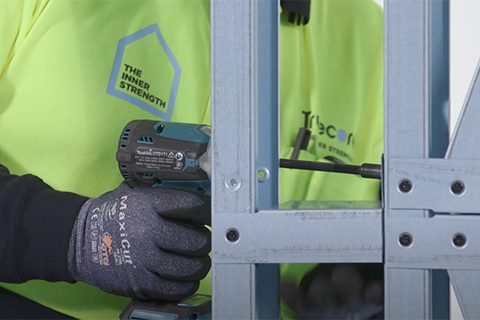
At times it might be necessary to repair a screw that has been stripped or overdriven. Its easy to do in 3 steps!
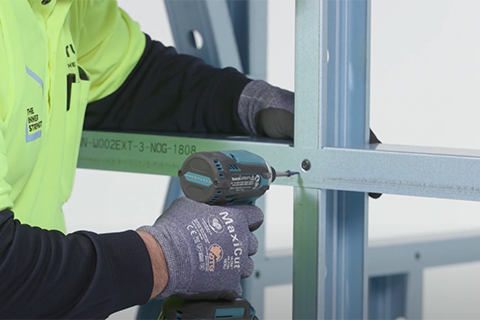
This topic looks at methods to create new service holes and recommended hole sizes and layouts.
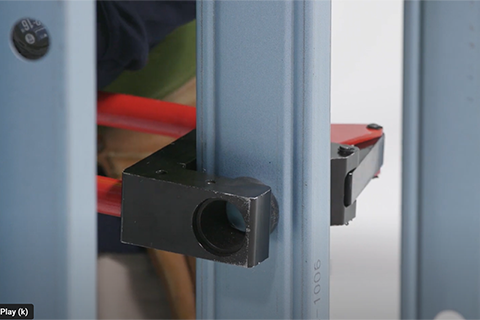
Compliance is essential for all construction activities and Light Gauge Steel (LGS) is no exception.

This topic discusses galvanic corrosion and outlines materials that can be used and those that must be isolated from LGS.
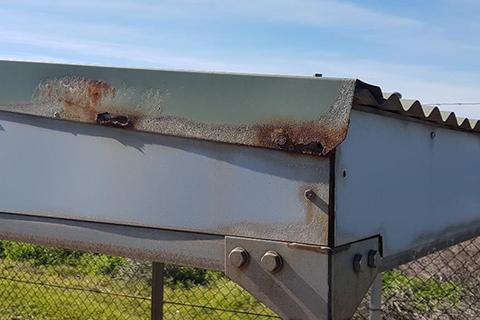
In marine zones, a greater level of isolation from the external environment is required to prevent salt-laden air from contacting the LGS frame.
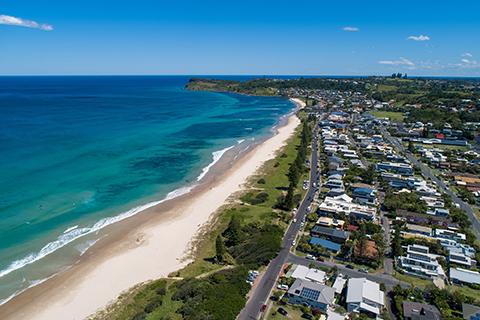

Learn more about working with LGS. Explore our how-to videos and other resources.